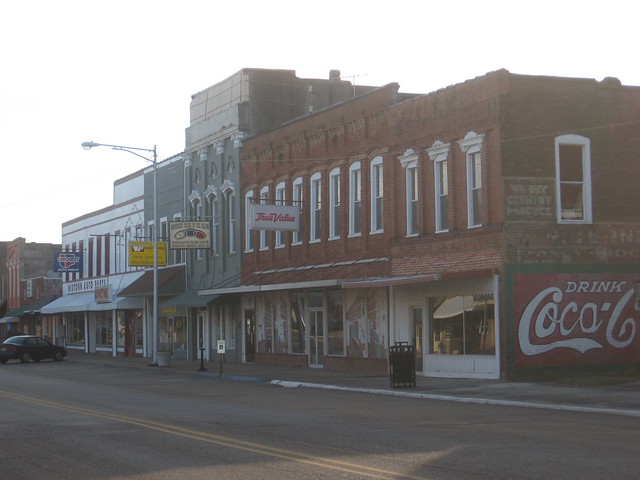
Louis Menand, a Harvard English professor and longtime New Yorker critic, is right about many things, including his description of how construction happens. In the introduction to his essay collection, "American Studies," describing the redevelopment of Times Square that happened in the early '90s, Menand writes:
"Everyone has had the experience of driving past work crews on the highway. You see five guys sipping coffee and watching one man with a pick while he hacks halfheartedly at some gravel. You suspect that in five minutes the man with a pick will also be on a coffee break. Six months later, there is a new road. Building demolition is like that. You can watch for hours while workers move a few planks on a temporary scaffolding. Maybe a man with a blowtorch is laboring with apparent futility on a huge steel beam. Nothing else is going on. Two days later, a floor has disappeared. At the end of three years, the derelict structure has been obliterated and a new tower, whose erection was similar mysterious, shimmers in its place."
Menand used this passage as a metaphor for the construction of history: In the moment, one never realizes quite what is happening until it's passed, when one notices the accretion and can say, History just happened here. But his insight stands alone as well. Even at the construction site I help oversee, which is minor in size to anything that's built in Times Square, I'm pleasantly surprised at how construction progresses. One morning, preparations are being made to pour a concrete foundation wall and the wall is there by the next morning. Earlier this week, I walked to the site after a couple of days of being away to find long-awaited, 25-foot high steel rebar columns in place. Their height was impressive, a sign that things were happening. Building always seems to happen in the interstitial moments of time, while you weren't looking. Is there another profession that's like this?



